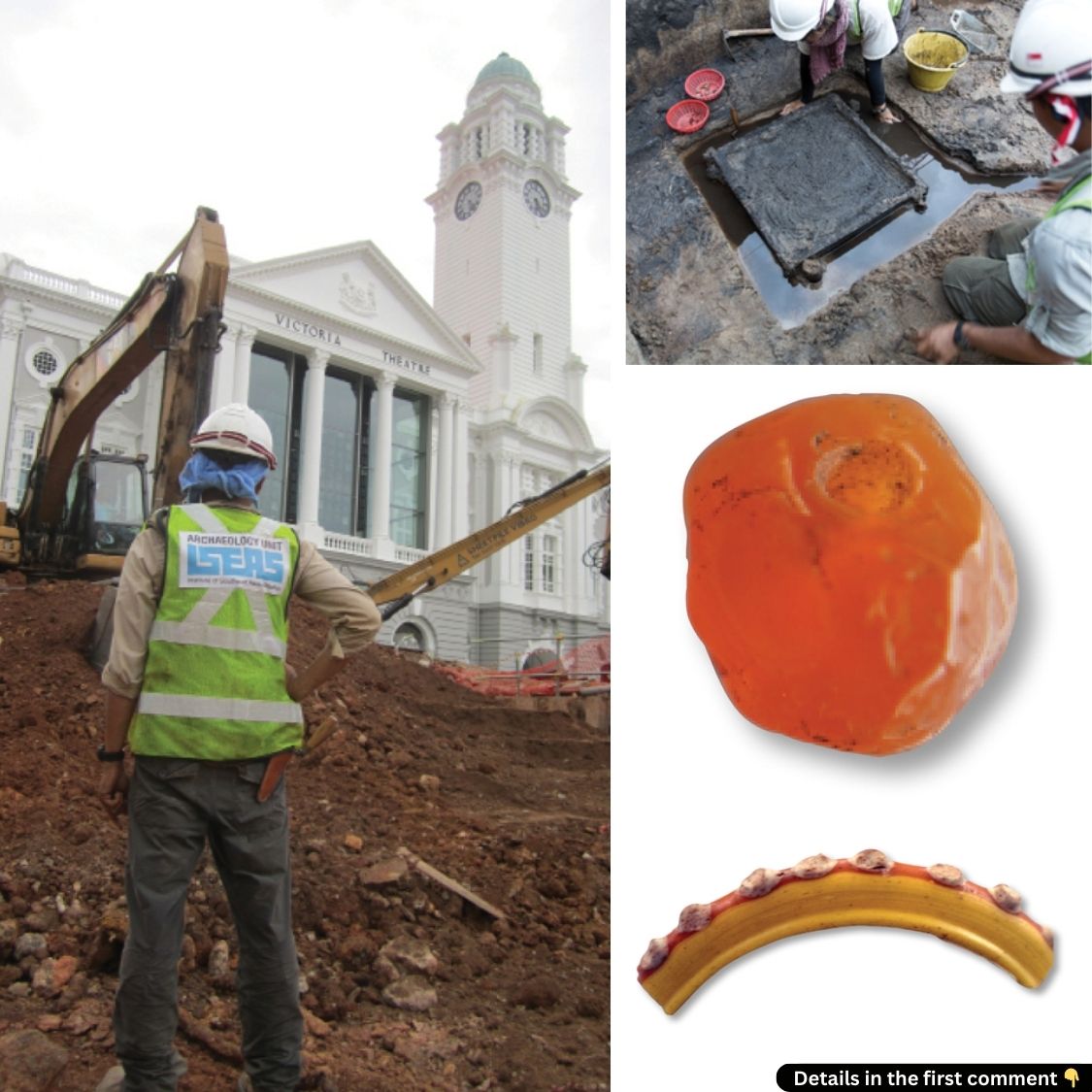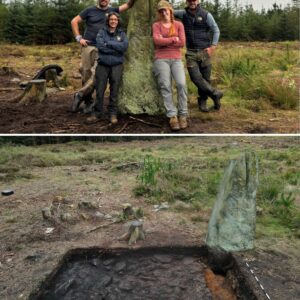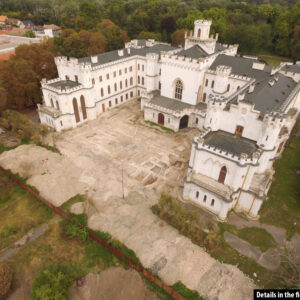When Sir Stamford Raffles arrived in Singapore in 1819, he was captivated by its strategic location, yet it was his belief in the island’s rich, yet largely forgotten history that set the course for the city’s future. Raffles, who was driven by the allure of the mythical “Lion City,” did not know that centuries later, archaeology would provide tangible evidence that Singapore’s origins go far beyond the colonial era. New archaeological discoveries have not only debunked myths but have painted a more complex and vibrant history of the island, positioning ancient Singapore as a major hub of trade and culture in Southeast Asia.
The Mythology of the Lion City
The myth that formed the foundation of Singapore’s name tells the story of a Sumatran prince, who, upon discovering the island of Temasek, named it Singapura, or “Lion City,” after allegedly spotting a lion. For centuries, this tale was largely seen as a fantastical story, shaping the image of Singapore in the minds of its people. Raffles, believing in this ancient narrative, claimed to have found the site of this legendary kingdom. It was not until archaeology came into the picture that the foundations of this myth began to align with real history.
Raffles’ beliefs were built on the “Malay Annals,” a 15th-century manuscript detailing the rise and fall of the Malay kingdoms. Though the story seemed fanciful, the discovery of ancient remains of what was once thought to be mere fiction brought new credibility to the tale, prompting scholars to reconsider the significance of early Singapore.
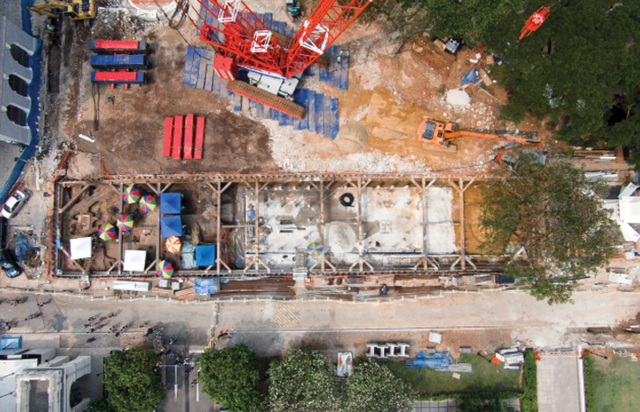
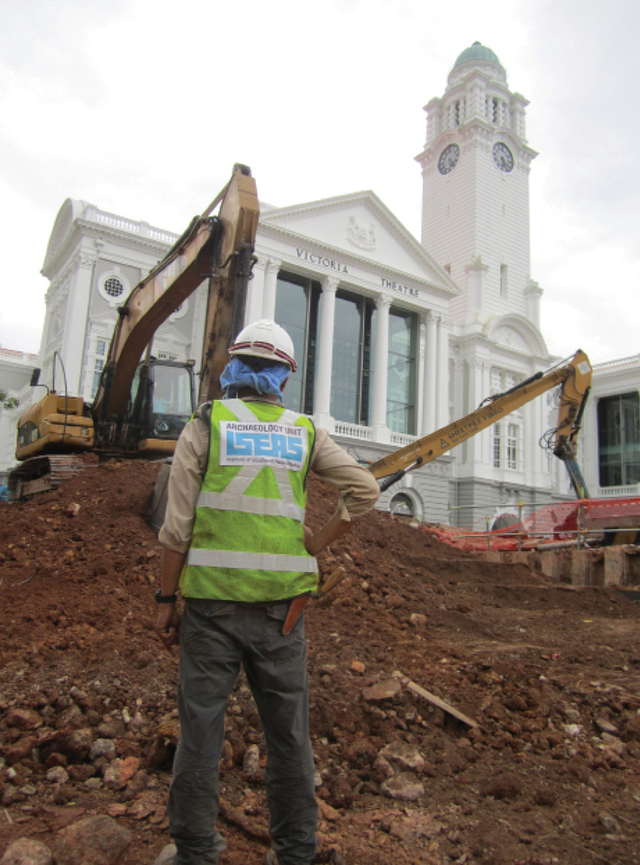
Video
Watch the video to see archaeologists gain rare access to historical sites in Singapore. This exclusive look reveals fascinating discoveries!
Early Archaeological Discoveries
Despite Raffles’ early intuition, many of his contemporaries were skeptical of the idea that Singapore had once been a bustling, important port. The first excavation attempt in 1924, where gold ornaments were discovered, sparked little interest and was soon forgotten. As history textbooks increasingly centered around Raffles’ arrival in 1819, Singapore’s ancient past was relegated to myth, overshadowed by the rise of the British colonial presence.
It wasn’t until decades later that the first real archaeological efforts were undertaken to explore Singapore’s origins. These explorations began in the 1980s and, over time, began to reveal an intriguing story that conflicted with the previously accepted timeline.
The Rise of Archaeological Research in Singapore
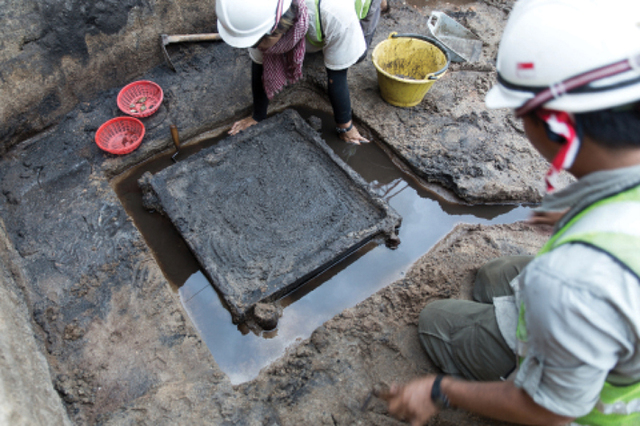
John Miksic, an American archaeologist, is credited with leading the charge to uncover Singapore’s true origins. His first major excavation in 1984, conducted within Singapore’s Fort Canning Park, was groundbreaking. Miksic, who had been working in Southeast Asia since the late 1960s, was initially invited to help with the excavation. It was a fortuitous moment, and what Miksic and his team uncovered defied expectations.
For the first time, clear evidence of Singapore’s ancient past was discovered. Pottery fragments, coins, and other trade-related artifacts spoke volumes. Miksic recalls his astonishment upon finding ceramics from various parts of Asia, including China, India, and Southeast Asia, which pointed to a vibrant port city long before the British set foot on the island.
Key Excavations and Findings
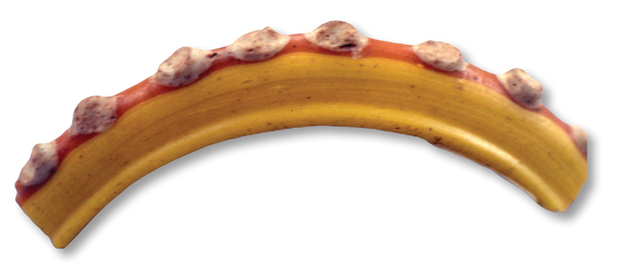
Over the years, Miksic and his team conducted several additional digs, including those along the Singapore River. The finds were astonishing: over 10,000 Indian glass beads, Javanese jewelry, Chinese porcelain, and even remnants of local pottery. These discoveries suggested that Singapore was a thriving trade hub as early as the 14th century, long before Raffles’ arrival. The ceramics alone revealed the extent of Singapore’s international trade, with imports coming from China, India, and Southeast Asia..
Not only did these excavations provide evidence of trade, but they also uncovered significant signs of local culture. Locally made household pottery indicated a settled community, showing that the area was not just a transient port but a thriving, permanent settlement with deep cultural roots. The evidence helped to reframe the way archaeologists and historians viewed Singapore’s role in the region.
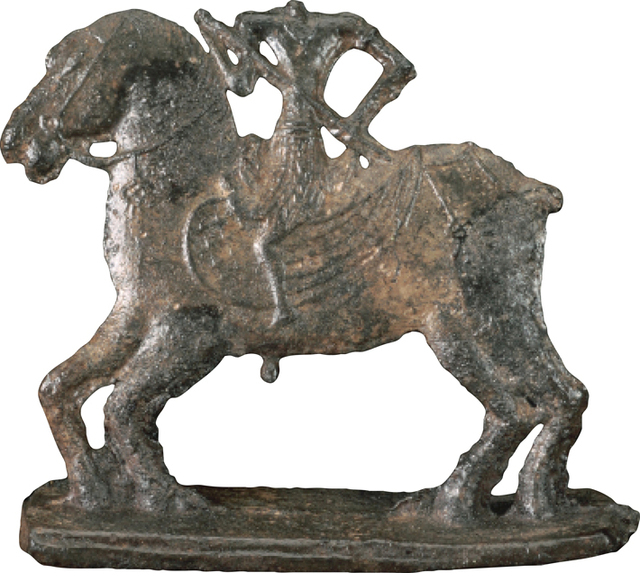
A Thriving Trade Hub in the 14th Century
By 1350, Singapore was an established port city at the crossroads of major trade routes connecting India, China, and Southeast Asia. It was a hub for merchants, exchanging goods such as iron, tortoiseshell, glass, beads, and porcelain. Unlike other ports, Singapore’s strong ties to China were evident in the many Chinese imports and artifacts found in the excavations, further highlighting the city’s significance in the ancient maritime trade network.
The archaeological findings pointed to a multiethnic population, with the presence of Indian, Javanese, and Chinese goods suggesting that the city was a cosmopolitan society. Evidence also suggested a fortified city, a rarity for the time, used currency, and a clear indication that Singapore was governed by a local chief. Miksic’s research made it clear: Singapore in the 14th century was a prosperous port city, integral to Southeast Asia’s maritime trade.
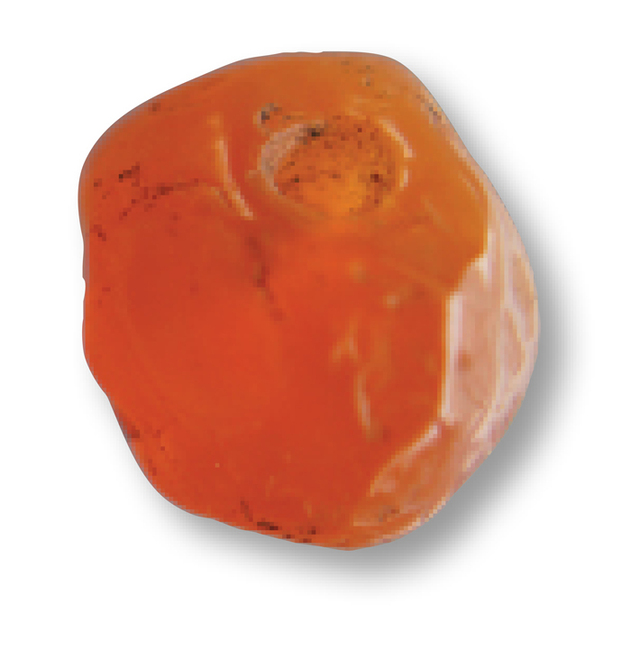
Cultural and Social Structures of Ancient Singapore
Beyond trade, the excavations revealed a glimpse into the social and cultural structures of ancient Singapore. The presence of everyday items such as cooking pots, combined with imported luxury goods, suggested a society that was both active in trade and culturally diverse. The ceramics found indicated that Singapore was culturally linked to Sumatra and the Malay Peninsula, suggesting that the early inhabitants were part of a broader cultural network that spanned the region.
The discovery of locally made pottery, including various forms of cooking vessels, signified a stable and growing community. This was not merely a port town for passing ships but a settlement with its own social organization, cultural practices, and complex economy.
Archaeology’s Role in Shaping Modern Singaporean Identity
Today, Singapore’s vibrant history is being reexamined and reclaimed through archaeology. For modern Singaporeans, learning about the ancient city’s diverse population and complex trade relationships has become an important way to reconnect with their past. In a nation that has long focused on progress and modernity, the archaeological work conducted by Miksic, Lim Chen Sian, and others provides crucial insights into the city’s deep cultural roots.
As archaeology continues to uncover the story of ancient Singapore, it plays a central role in shaping a modern identity that embraces both its diverse cultural heritage and its current position as a global city. Through these findings, the city-state is beginning to understand its position in the broader historical context of Southeast Asia.
Conclusion: Singapore’s Ancient Past Reclaimed
Archaeological excavations in Singapore have radically changed the understanding of the city’s history. What was once thought to be mere legend is now substantiated by tangible evidence, reshaping the narrative of Singapore’s origins. From a forgotten port city to a vibrant trade hub, ancient Singapore was as cosmopolitan and culturally rich as it is today. As more discoveries continue to surface, the city-state’s ancient past will undoubtedly continue to inform and influence its future. Through archaeology, Singapore has rediscovered its heritage, and in doing so, has reaffirmed the historical foundation upon which it was built.
Video
Check out the video to follow an archaeological dig in Singapore. Watch as experts uncover hidden pieces of history in this exciting excavation!
